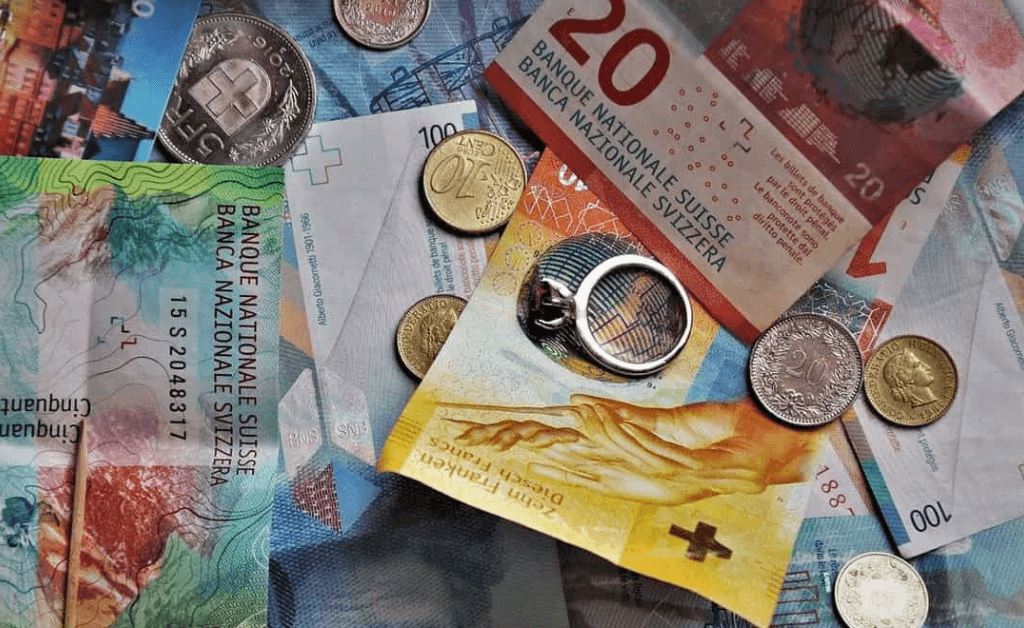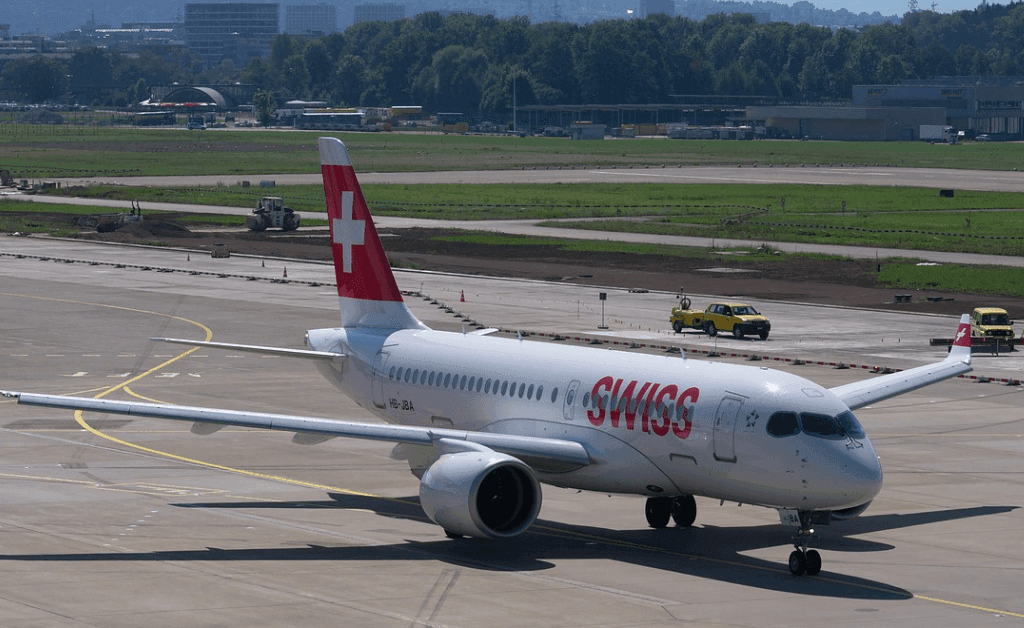Planning a trip to Switzerland usually means taking at least a few train rides. The Swiss rail network is famous for being punctual, scenic, and easy to use — but it can also be expensive. This raises the big question every traveler asks: Is the Swiss Travel Pass worth it, or are individual tickets cheaper in 2025?
In this guide, we’ll break down what’s included in the Swiss Travel Pass, how much it costs, and compare it with alternatives like individual tickets, Supersaver fares, and the Swiss Half Fare Card. By the end, you’ll know which option makes the most sense for your itinerary.
What Is the Swiss Travel Pass?
The Swiss Travel Pass is an all-in-one ticket that gives you unlimited travel on Switzerland’s trains, buses, and boats for a set number of consecutive days.
Key features in 2025:
- Available for 3, 4, 6, 8, or 15 consecutive days.
- Valid on trains, buses, boats, and most city public transport.
- Free admission to 500+ museums across Switzerland.
- Free travel on scenic boat rides (e.g., Lake Lucerne, Lake Geneva).
- Discounts (25–50%) on many mountain railways and cable cars.
- Youth discount: travelers under 25 pay less.
- Kids under 16 travel free with a parent’s pass.
👉 Important: The Swiss Travel Pass does not cover seat reservations on panoramic trains (like the Glacier Express or Bernina Express). You’ll need to pay extra for those.
What Are Individual Tickets and Alternatives?
If you don’t want to buy a pass, you can simply purchase tickets for each train, bus, or boat ride. This works best if you plan fewer trips or only stay in one region.
Options include:
- Point-to-point tickets: Buy a ticket for each journey. Prices are fixed but can be high for long routes.
- Supersaver tickets: Discounted tickets available online in advance for specific trains. Limited flexibility.
- Saver Day Pass: Gives unlimited travel for one day at a lower price (if booked early).
- Swiss Half Fare Card: For CHF 120/month, you get 50% off almost all trains, buses, boats, and mountain transport. Great for slower trips or if you don’t travel every day.
Swiss Travel Pass Prices in 2025
Here are the official prices (2nd class / 1st class):
| Duration | 2nd Class | 1st Class |
|---|---|---|
| 3 Days | CHF 244 | CHF 389 |
| 4 Days | CHF 295 | CHF 469 |
| 6 Days | CHF 379 | CHF 602 |
| 8 Days | CHF 419 | CHF 665 |
| 15 Days | CHF 459 | CHF 723 |
Flex Pass options are available but cost slightly more.
Cost Comparison Examples
Let’s see how the Travel Pass compares with individual tickets.
Example 1: 4-Day Itinerary (Zurich – Lucerne – Interlaken – Zermatt – Geneva)
- Point-to-point tickets: ~CHF 330 (without discounts)
- Half Fare Card + tickets: ~CHF 200 (CHF 120 card + CHF 80 half-price fares)
- Swiss Travel Pass (4 days): CHF 295
👉 Winner: Half Fare Card, but the Travel Pass includes museums + boats, so could still be worth it if you use those perks.
Example 2: 8-Day Grand Tour (Zurich – St. Moritz – Bernina Express – Lugano – Zermatt – Montreux – Geneva)
- Point-to-point tickets: ~CHF 650
- Half Fare Card + tickets: ~CHF 445
- Swiss Travel Pass (8 days): CHF 419
👉 Winner: Swiss Travel Pass, since it covers unlimited rides and perks.
Pros and Cons
✅ Swiss Travel Pass
- Unlimited travel, no need to buy tickets every time.
- Perfect for fast itineraries with lots of long train rides.
- Includes museums + boat rides (can save a lot).
- Convenient — especially for first-time visitors.
❌ Swiss Travel Pass
- More expensive if you travel less or stay in one area.
- Doesn’t fully cover mountain railways.
- Flex Pass is pricier.

✅ Individual Tickets / Half Fare Card
- Often cheaper for short trips or slower travel.
- Saver Day Pass + Supersaver fares can beat the Travel Pass.
- Half Fare Card gives huge flexibility.
❌ Individual Tickets / Half Fare Card
- Requires more planning.
- Saver tickets can sell out.
- You need to do the math to make sure you save.
Decision Guide: Which Is Right for You?
- Choose the Swiss Travel Pass if:
- You’re traveling every day or visiting multiple cities.
- You want hassle-free unlimited travel.
- You plan to use boats and visit museums.
- Choose Individual Tickets or Half Fare Card if:
- You’re staying in one region (e.g. only Interlaken area).
- You travel fewer days with big gaps between.
- You want to maximize savings with Supersaver fares.
Practical Tips to Save Money
- Book Supersaver tickets as early as possible (they can be 50% cheaper).
- Check if your hotel offers a Guest Card for free local transport.
- For mountain excursions, always compare what’s covered by each pass.
- Families: kids under 16 travel free with a parent’s Swiss Travel Pass.
FAQs
Do I still need a reservation with the Swiss Travel Pass?
Yes, for scenic trains like the Glacier Express, Bernina Express, and GoldenPass, you must book and pay a seat reservation.
Is the Swiss Half Fare Card better than the Travel Pass?
If you’re traveling slowly or only taking a few long rides, the Half Fare Card often works out cheaper.
Can I use the Travel Pass on local city trams?
Yes, most city public transport (Zurich, Geneva, Basel, etc.) is included.
Conclusio
The choice between the Swiss Travel Pass and individual tickets depends on your travel style.
- If you’re moving around daily and want maximum convenience, the Swiss Travel Pass is worth it in 2025.
- If you’re traveling more slowly or want to save money with planning, the Half Fare Card + point-to-point tickets will usually be cheaper.
Either way, Switzerland’s trains make traveling the country a pleasure — you just need to pick the ticket that fits your journey.



Pingback: Guest Cards in Switzerland 2025: Free Transport & Discounts for Travelers
Pingback: What Makes Switzerland Unique: 10 Reasons This Country Stands Out
Pingback: Ruby Mimi Hotel Zürich Review 2025 | Stylish Stay Near Zürich HB
Pingback: Fred Hotel Zürich Hauptbahnhof Review 2025 – Modern, Central & Great Value Stay